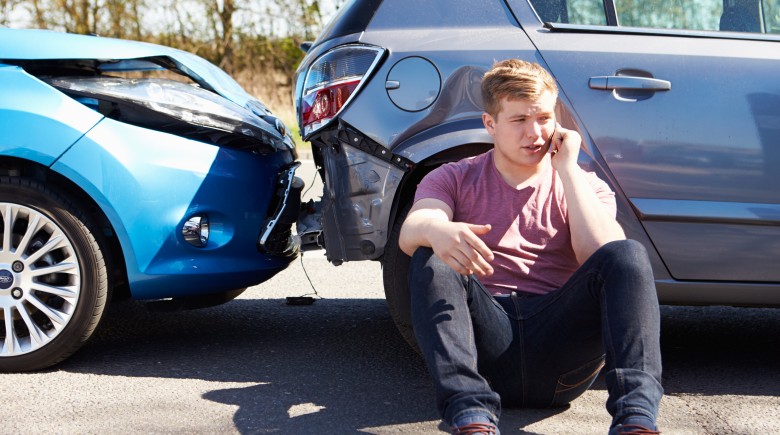A study by the Insurance Research Council estimates that nearly 14 percent of U.S. drivers do not have automobile insurance. In addition, the five states with the highest percentage of uninsured motorists were Florida, Mississippi, New Mexico, Oklahoma and Tennessee.
This data emphasizes the importance of carrying the proper amount of auto insurance coverage to protect yourself in case you are at fault for a vehicle accident and to cover protect yourself against uninsured and underinsured motorists.
Minimum insurance coverage
All 50 states have some form of auto insurance laws that require motorists to carry mandatory coverage to prove their financial responsibility in case they are involved in a traffic accident. For example, in Florida motorists must carry Personal Injury Protection of at least $10,000. In addition, drivers are required to have a minimum of $10,000 No-Fault Property Damage Liability insurance protection.
This provision pays for medical, surgical, disability and funeral benefit regardless of who’s at fault in the accident. While carrying the minimum amount of coverage required by your state ensures you comply with the law, it may not be enough insurance protection if you are at fault for the accident and property damage or personal injury claims exceed the minimum amount of coverage you carry.
In this case, you can be sued and held liable for a higher damage award, which could put your assets at risk.
Coverage Recommendations
With motorist driving with no insurance or inadequate auto insurance protection, it’s essential for you to not only be insured, but to have the right amount of coverage. Beyond the minimum coverage required by your state, the Edmunds.com website and many insurance professionals and recommend that motorists who have a substantial amount of assets purchase liability coverage that exceeds the state’s minimum requirement to ensure full coverage.
Some other types of coverage you may want to consider are:
- Uninsured and underinsured benefits: This coverage can be added to cover you against negligent motorists who do not have liability protection or do not carry enough coverage to pay for your injuries.
- Collision Coverage: If you get involved in a vehicle accident, whether you are at fault or an innocent party, collision protection pays to repair or replace your vehicle. Typically, you have the option of presenting a claim under the property damage insurance coverage of the motorist who is negligent or your collision coverage.
Check your state laws to find out the minimum auto insurance coverage you need. Next, consult with your automobile insurance agent to determine the right amount of insurance coverage for your situation.



